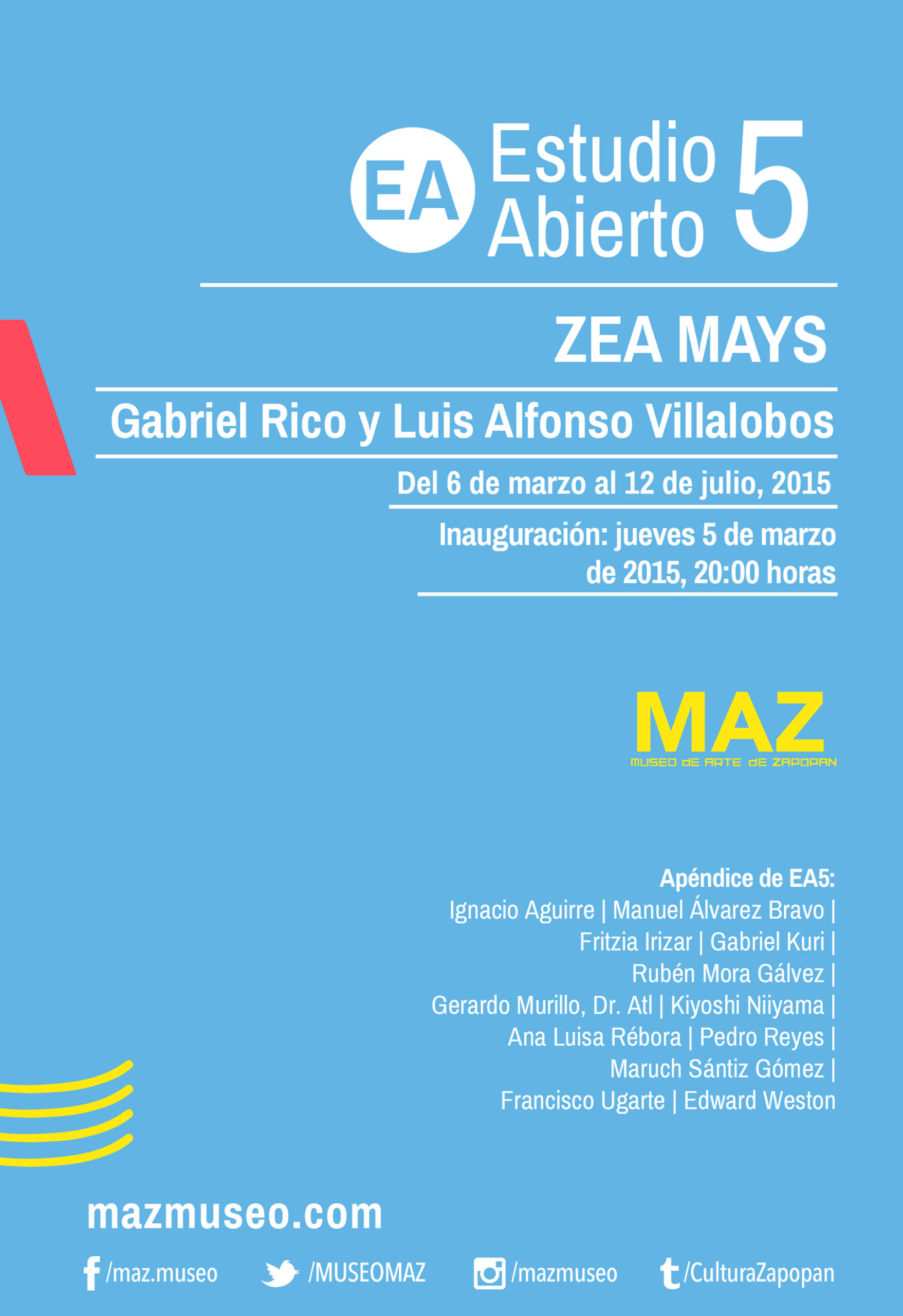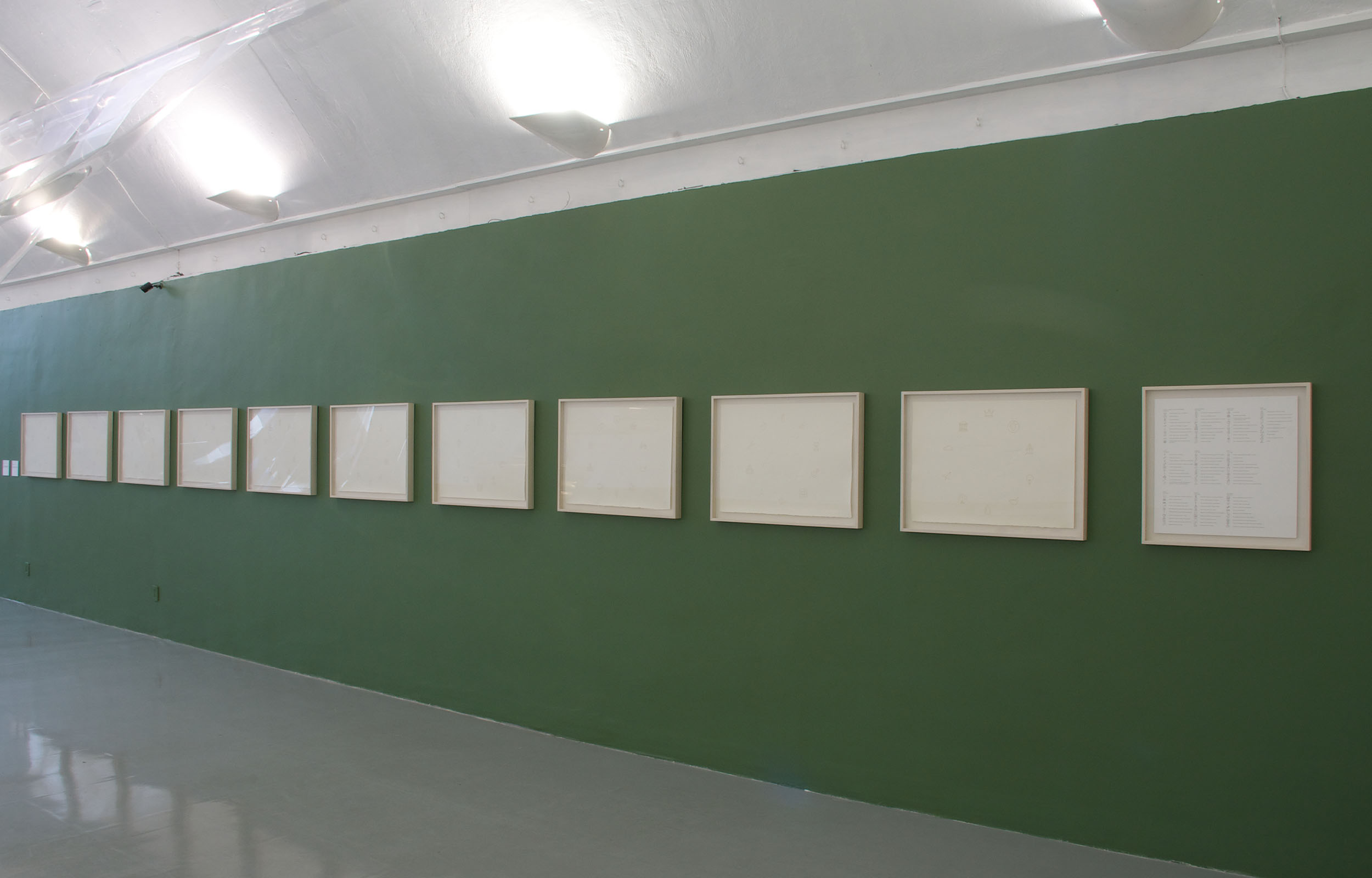
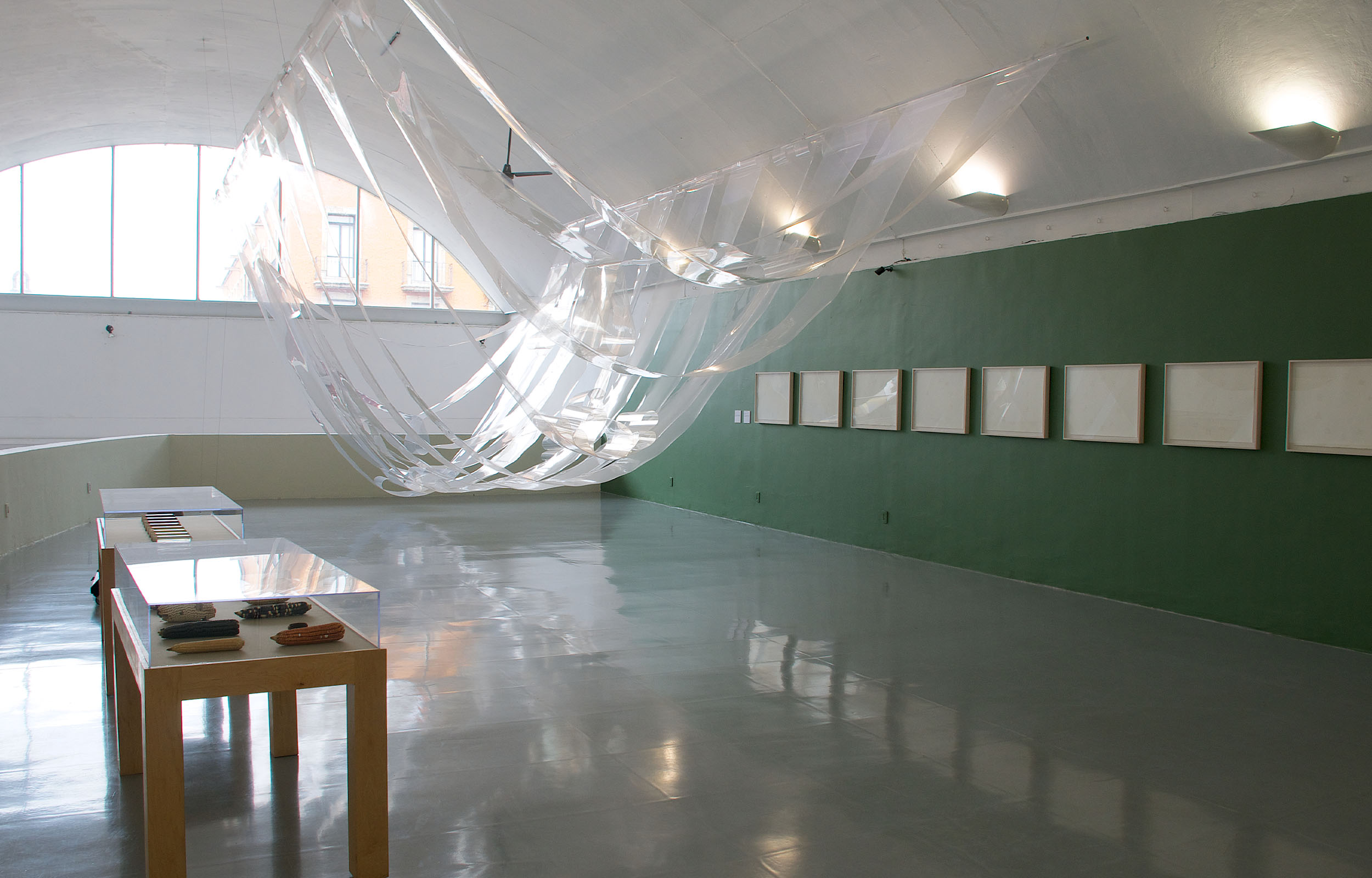

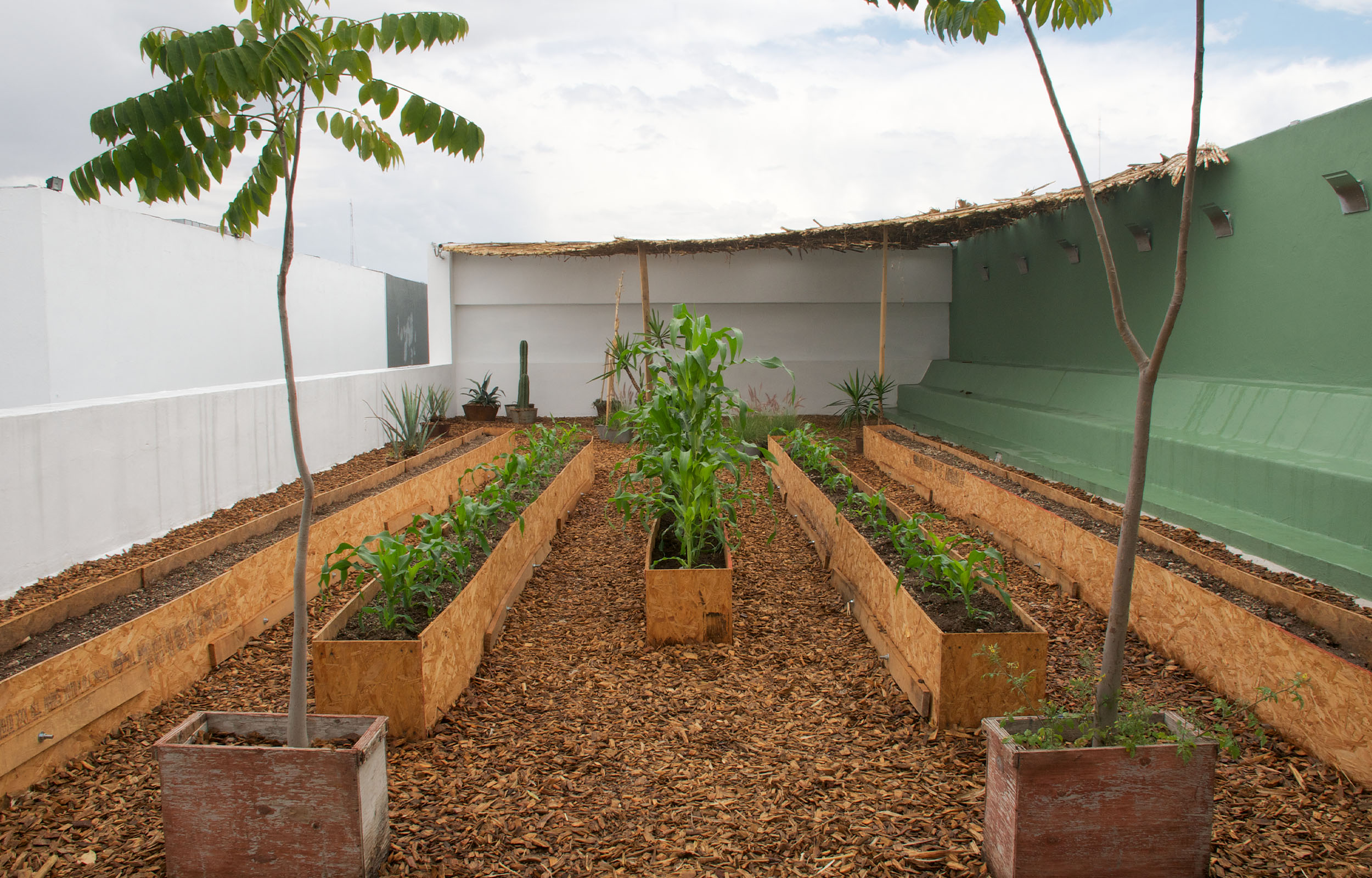


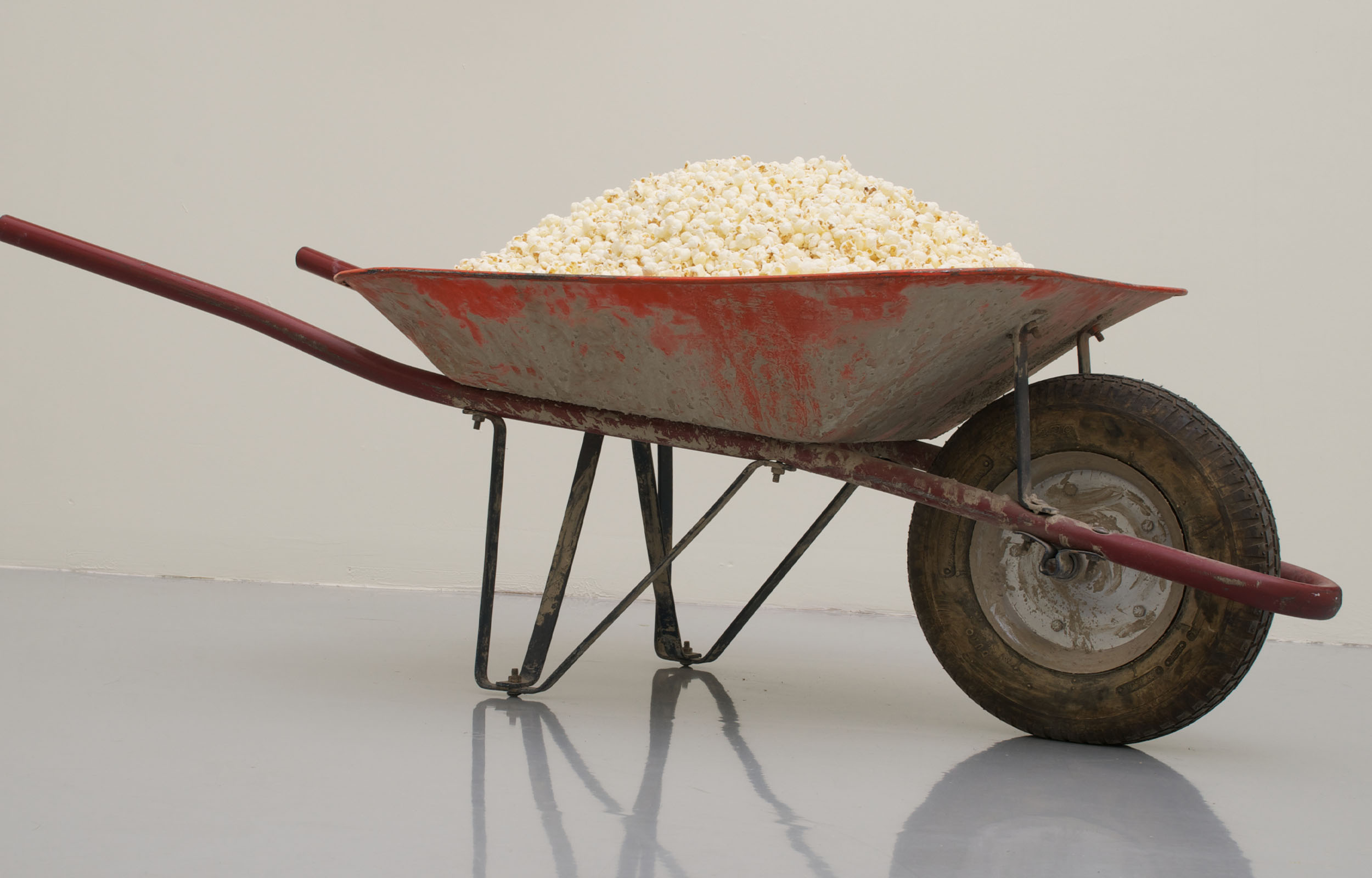
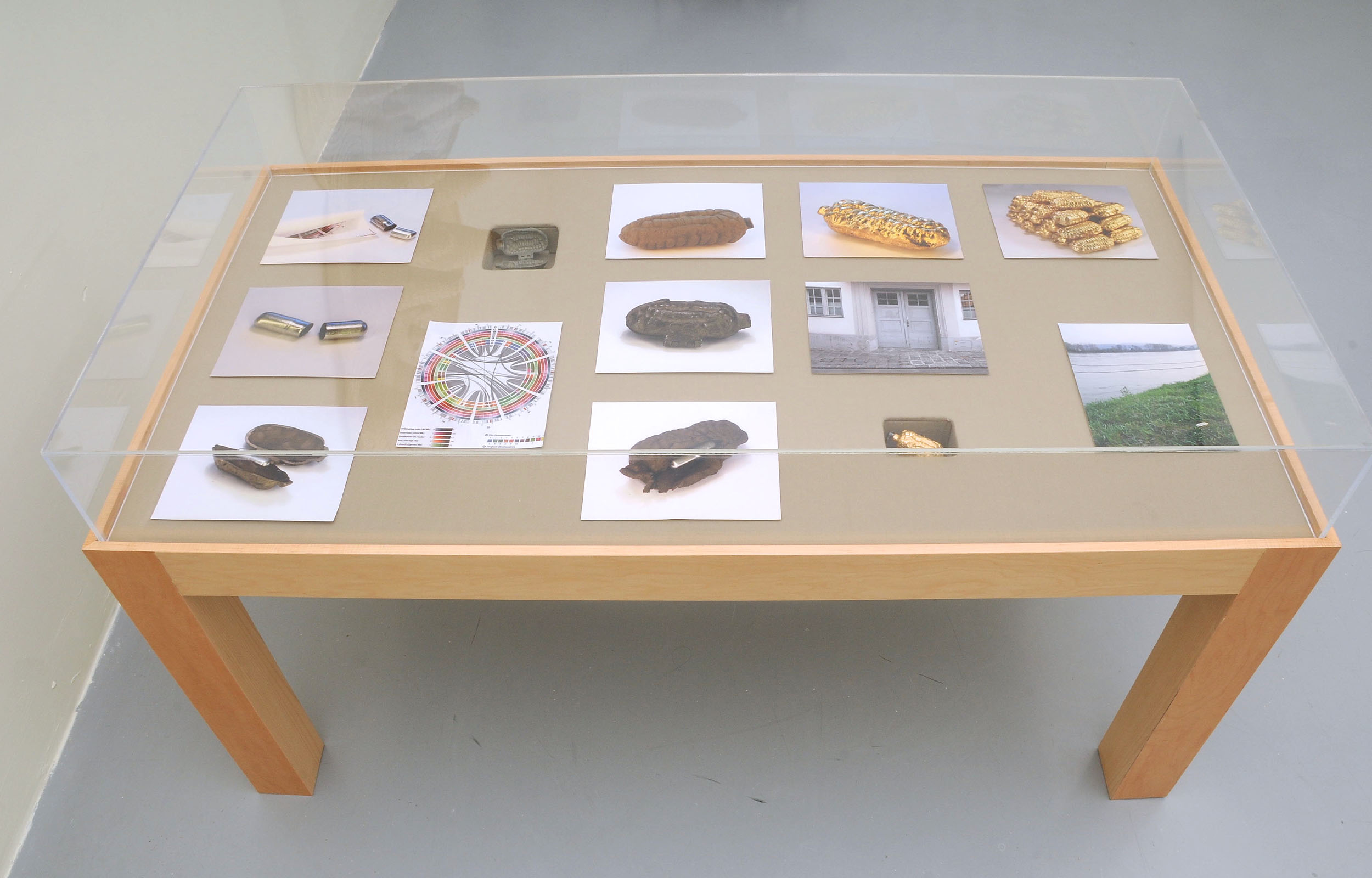
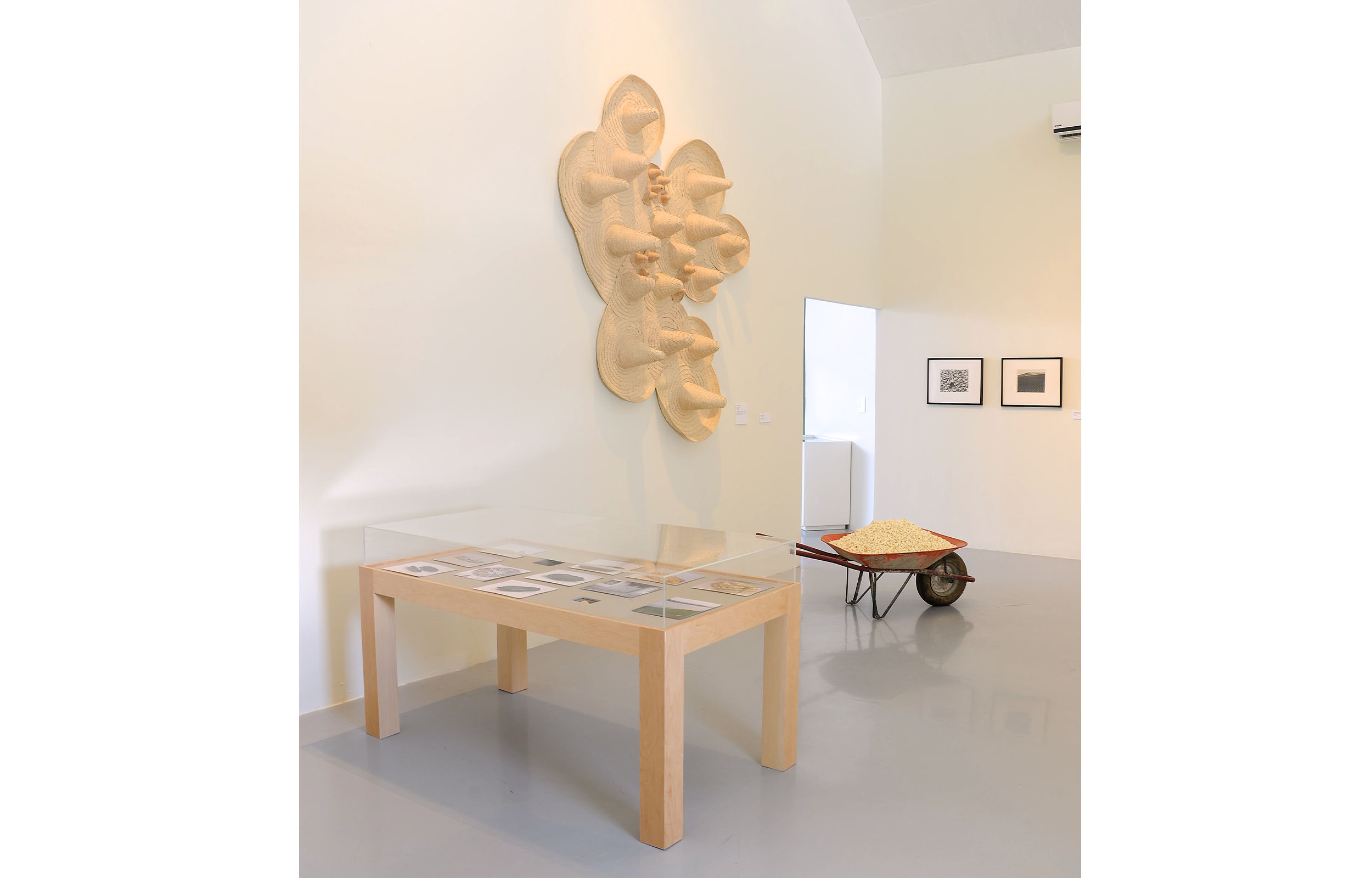
Open Studio #5: Zea Mays | Gabriel Rico and Luis Alfonso Villalobos
From March 6th to July 12th, 2015
Curators: Viviana Kuri and Alan Sierra
Appendix
Ignacio Aguirre · Manuel Álvarez Bravo · Fritzia Irízar · Gabriel Kuri · Rubén Mora Gálvez · Gerardo Murillo (Dr. Atl) · Kiyoshi Niiyama · Ana Luisa Rébora · Pedro Reyes · Maruch Sántiz Gómez · Francisco Ugarte · Edward Weston
For the fifth edition of Estudio abierto (Open Studio), artists Gabriel Rico and Luis Alfonso Villalobos created a project that celebrated memory through the conservation and protection of our cultural heritage, exploring the relationship of human beings with the cultivation of Zea mays, commonly known as maize.
For several months, the artists undertook to cultivate a temporary plot of maize planted on the terrace of the museum. The prior research done by Rico and Villalobos, the daily upkeep of the plot, the harvest, and the public consumption of the crop of corncobs served to establish an analytical position with regard to prevailing agricultural policies and sent out a warning signal about the threats facing species endemic to the region and the loss of signs of cultural identity.
